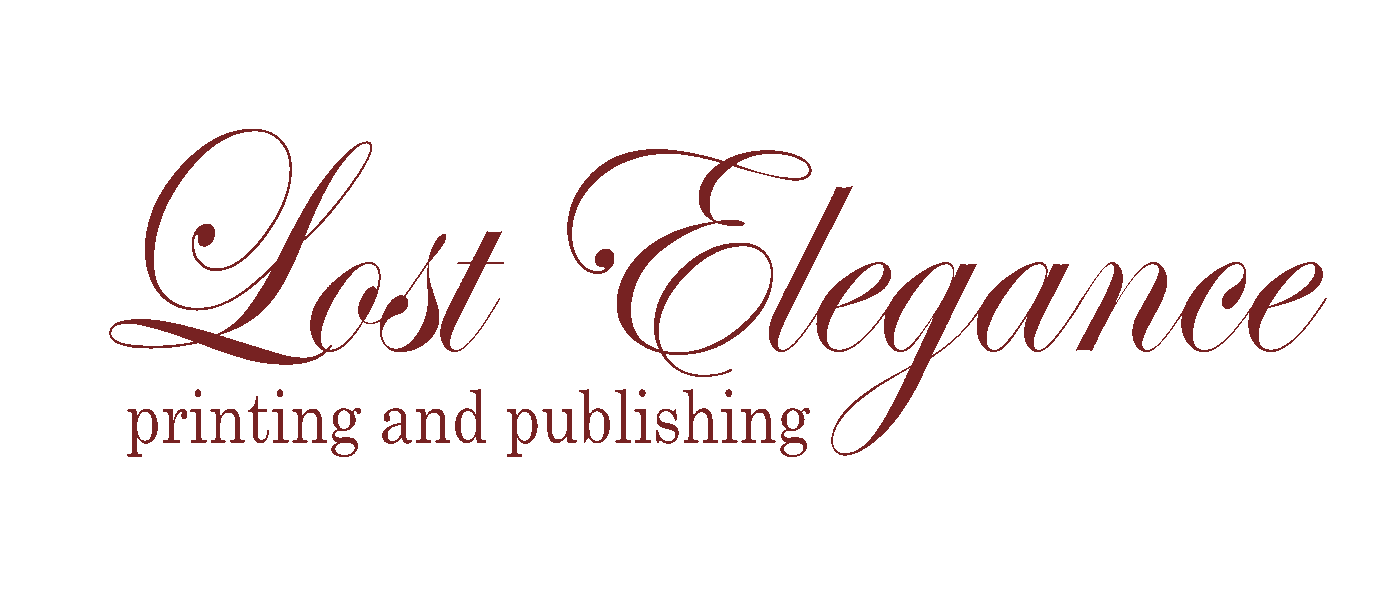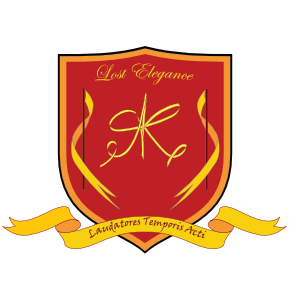LADY’S MONTHLY MUSEUM; OR POLITE REPOSITORY OF AMUSEMENT AND INSTRUCTION
The magazine began it’s publication in 1798 until it merged with the ” The Lady’s Magazine” in 1832, becoming “The Lady’s Magazine and Museum of the Belles Lettres, Fine Arts, Music, Drama, Fashions, etc. This combined periodical ceased publication in 1847.
In 1798, the Lady’s Monthly Museum was launched by ‘A Society of Ladies’, to be ‘an assemblage of whatever can please the fancy, interest the mind and exalt the character of the British Fair’.
Graham: ‘The Ladies Monthly Museum of 1798 was, on the whole, the most substantial periodical for women thus far issued” (190).
“In magazines like the Lady’s Museum attacks on women’s claims for male ‘privileges and pleasures’ appeared side by side with eloquent statements of these claims” (Beetham 18).
“Though the Lady’s Museum boasted that it drew on ‘ladies of established reputation in literary circles’, it relied heavily readers to provide copy.” Contributions from male readers were accepted only when they assumed the ‘female character’. Each issue usually began with a portrait of a “‘female distinguished by the splendor of her rank or the luster of her talents.’ The tone of these brief lives was moralizing rather than gossipy.” There were also two copperplate embellishments of current fashions in each issue. ‘Old Woman’ was an advice/confessional column in which readers were encouraged to write in and share their problems. Unlike other ‘agony aunts’, the Old Woman’s tone was bracing as she “consistently told readers to ‘confin[e] yourselves to your domestic duties, where you alone are calculated to truly shine’.” Her column was replaced in the 1830s by ‘A Bachelor’s Reflection’ (Beetham 17-23).
“The article on women ‘in the superior class of society’ which opened the Lady’s Museum had named ‘an interest in poetry, music and paintings’ as the woman’s duties in ‘second place’ to her duties as wife, mother and mistress. Reading was an appropriate activity for the woman of leisure, as were music, conversation and embroidery – a strictly non-functional kind of sewing. The ladies’ magazines, like the early novels, were produced by and for this leisure time. But they also produced it in its characteristic forms. They included embroidery patterns, music reviews, and sometimes sheet music, poetry, notices of theatres and above all reading matter, provided both directly and through the reviews of other books which occupied a substantial number of their pages” (Beetham 30).
In the 1830s, the Lady’s Magazine and Museum enjoyed the personal patronage of Victoria’s mother, the Duchess of Kent. (Beetham 37).
“Impressed by sentiments of gratitude and respect, we present our Fair Readers with this Fourth Volume of a Museum peculiarly adapted to their Perusal, and devoted to their Service. Our Labours have suffered no Intermission; for the Anxiety with which we have sought after the Means of pleasing, has been amply compensated by the most flattering marks of Approbation. If it be found possible for Pains or Expense to render any Department of this Work still more interesting, our Fair Patronesses may rely on every Exertion being made for that Purpose in the future Volumes” (Preface vol 4).
“Other features of the Lady’s Monthly Museum included each month a moral tale…There was a poetry section each month…and there were essays, tales, novels, romances, and biographical memoirs…The Lady’s Monthly Museum always had a literary section with notices of new publications…As with all magazines of the time, [this magazine] communicated with its contributors through its columns; and one can imagine with what anxiety the aspiring writer or poet took up the new month’s issue to see whether his or her contribution had been used, or whether there were any message about it from the editor. These messages pulled no punches. Many a budding talent must have been so cruelly, so sarcastically nipped, as to prevent any further attempt” (Adburgham 210-216).
“Written for younger women, [it] imparted its teaching with lively good humour” (White 38).
“In the years between 1825 and 1850 there took place the first recorded merger in the field of publishing for women. The three leading women’s magazines, The Lady’s Magazine, The Lady’s Monthly Museum and La Belle Assemblee joined forces. From 1832 until they ceased publication in 1847, their content was identical, though they appear to have been printed at separate establishments” (White 41).
“To make the daughters of the present age wiser and better, is the object of the Monthly Museum; and it is presumed, that whoever is amused by our labours will at the same time be in some degree instructed…our chief Contributors are Ladies of established Reputation in the Literary Circles, and whose avowed Works have always been calculated to inform the Minds and refine the Morals of the rising generation…The Cabinet of Fashion, with its illustrative Coloured Engravings, we have the satisfaction to find, is highly proved. It will form a half-yearly Record of Female Dresses of the Country, that will be hereafter an object, at least, of amusing, and perhaps, of useful Reference” (Intro, vol 1, 1798).
It was among the women’s periodicals which “held an established place in British culture and maintained a strong cultural influence because of their large readerships” (Tusan 25)(victorianperiodicals.com)
Serialized stories were very popular, making the publication one of the first to publish novels before they became available as books.
Lady’s monthly museum was the first one to feature coloured fashion engravings, which appeared in their ” Cabinet of Fashion” section.
Notable contributors – Mary Pilkington, Charles Robert Forester

